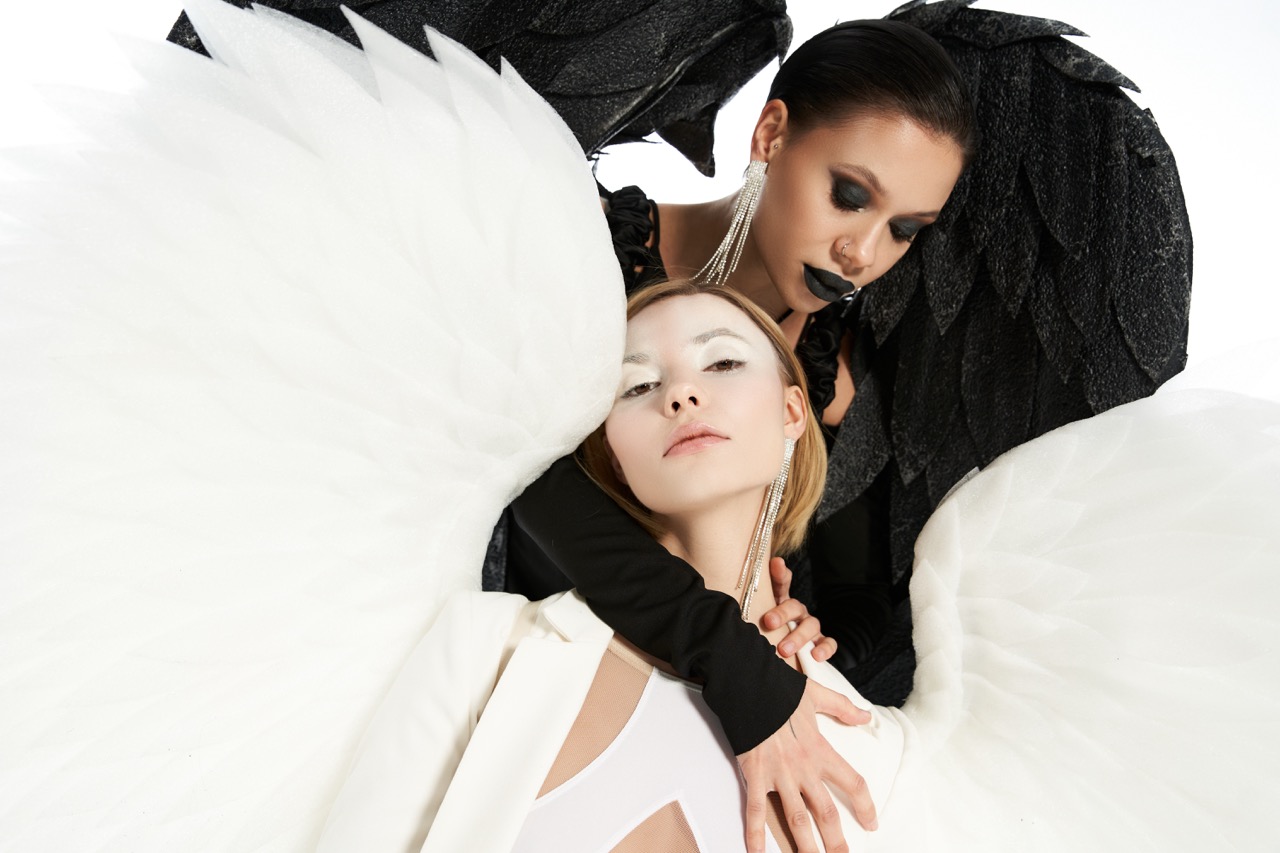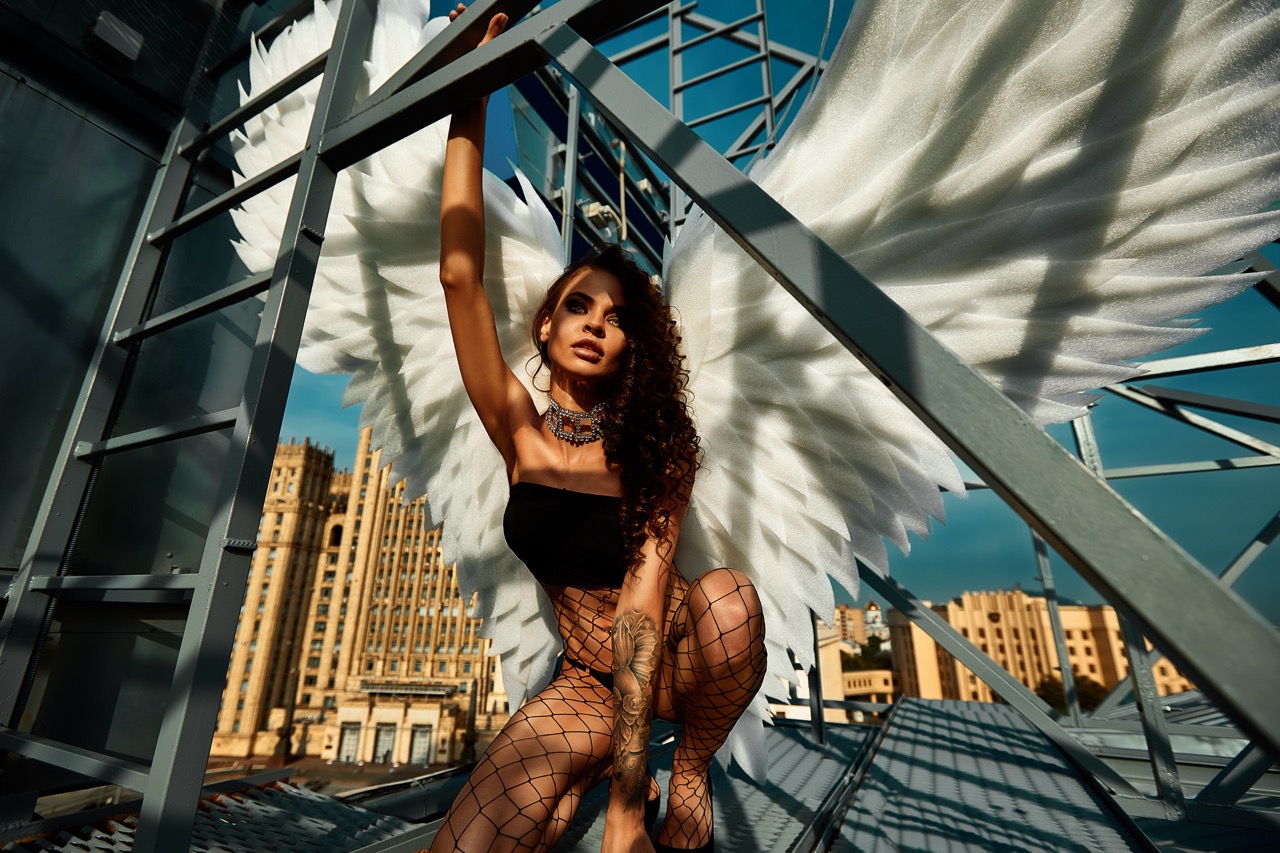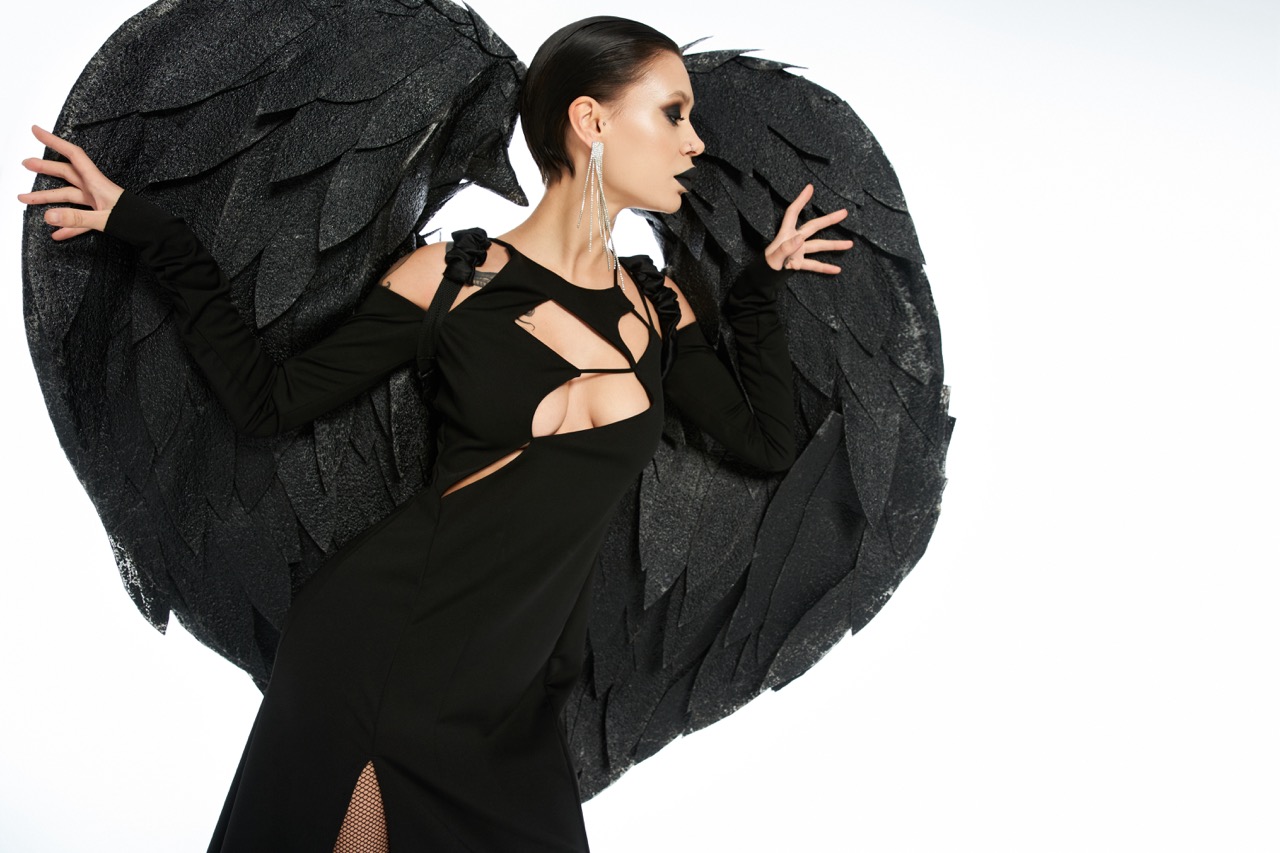Dance has always been a powerful medium for storytelling and expression. Its ability to convey emotions and narratives through movement is unparalleled. In recent years, the introduction of dance wings—large, flowing pieces of fabric or material that dancers use as extensions of their bodies—has transformed the landscape of performance art. This innovative tool not only enhances the visual spectacle but also plays a crucial role in engaging audiences on multiple levels. This article explores how dance wings impact audience engagement, delving into movement, performance elevation, aesthetic appeal, and emotional connection.
The Art of Movement: Engaging Audiences Through Dance Wings
Dance wings provide a unique opportunity for dancers to explore the art of movement in ways that are both captivating and transformative. As dancers manipulate these large, flowing pieces of fabric, they create an immersive experience that draws audiences into the performance. The sheer size and fluidity of the wings allow for a richer vocabulary of movement, enabling choreographers to express complex themes and emotions. Each sweep and flutter of the wings can change the dynamics of the dance, inviting audiences to experience the rhythm and fluidity in new and exciting ways.
Moreover, the choreography often synchronizes with the movement of the wings, allowing for a seamless integration of body and fabric. This relationship can create a sense of unity and harmony, drawing viewers into a world where the dancers and their props are inextricably linked. As dance wings billow and flow, they evoke imagery that transcends the physical boundaries of the stage, encouraging spectators to engage their imaginations and interpret the performance in personal ways. The fluidity of movement created by dance wings can instigate a visceral response, fostering a deeper connection with the art form.
Finally, the rhythmic use of dance wings can enhance the narrative of a performance, making the dance more relatable and impactful. Audiences often respond to visual cues that evoke specific emotions or stories, and the dramatic effect of the wings can heighten these moments. When dancers use wings to symbolize freedom, struggle, or transformation, it can resonate deeply with viewers, encouraging them to reflect on their own experiences. This multifaceted engagement is a cornerstone of successful performances that utilize dance wings, making them a vital tool in contemporary dance.
Elevating Performances: How Dance Wings Captivate Spectators
Dance wings are not just accessories; they are transformative elements that elevate the overall performance experience. When dancers incorporate wings into their choreography, the stage is instantly heightened, resulting in a more dynamic visual presentation. The addition of color, texture, and movement creates a spectacle that captivates the audience’s attention and keeps them on the edge of their seats. The sheer size and graceful arcs of the wings can enhance a simple gesture, turning it into a grand statement that resonates with viewers.
This elevation of performance is particularly evident in large-scale productions, where the visual impact of dance wings can create breathtaking scenes. The way wings catch the light, flutter in the breeze, and create shadows on stage can amplify the storytelling aspect of the choreography. Audiences are drawn in by the sheer beauty of the spectacle, leaving them in awe of the creativity and artistry involved. In this way, dance wings serve as powerful tools for not only engaging the audience but also elevating the entire production.
Additionally, the incorporation of dance wings allows for a deeper exploration of themes and motifs within the performance. Choreographers can utilize the wings to symbolize various elements, such as flight, liberation, or entrapment, thereby enriching the narrative. The audience becomes a witness to this journey, as the dancers skillfully manipulate the fabric to reflect the complexities of the story being told. Engaging the audience’s curiosity, dance wings breathe life into the performance, ensuring it remains etched in the memory of those who experience it.
Aesthetic Appeal: The Visual Impact of Dance Wings on Stage
The aesthetic appeal of dance wings cannot be overstated; their visual impact is one of the most compelling aspects of contemporary dance. When dancers take the stage with wings, they create a stunning tapestry of color and movement that can instantly elevate the visual narrative. The vast possibilities in design—from delicate, sheer fabrics to bold, vibrant colors—allow choreographers to tailor the aesthetic to suit the themes of their performance. This element of visual storytelling connects with audiences, capturing their attention even before the movement begins.
Moreover, dance wings can alter the perception of space and height on stage. As dancers glide and twirl, the wings can create an illusion of expansiveness, transforming the stage into a vast, ethereal landscape. This added dimension invites audiences to lose themselves in the performance, as they become enveloped in the visual experience. The harmonious blend of human and fabric creates a striking contrast that is both enchanting and thought-provoking, compelling spectators to engage with the art form on a sensory level.
The interplay of light and movement is another critical factor in the aesthetic appeal of dance wings. As the fabric moves, it captures and reflects light in mesmerizing ways, adding layers of depth to the visual experience. This dynamic interaction can evoke various moods and emotions, drawing audiences deeper into the performance. In essence, dance wings are not merely decorative elements; they are integral to the aesthetic language of the performance, enhancing the overall experience and ensuring lasting impressions on the audience.
Connection and Emotion: Dance Wings Transforming Audience Experience
At the heart of every performance is the desire to connect with the audience, and dance wings play a significant role in fostering that connection. The visual and kinetic aspects of the wings can evoke a wide range of emotions, allowing viewers to engage with the performance on a personal level. As dancers use the wings to express joy, sorrow, or transcendence, audiences find themselves drawn into the emotional landscape of the performance. This shared experience creates a bond between the performers and the spectators, enriching the overall impact of the art.
Furthermore, the symbolism inherent in dance wings can deepen this emotional connection. When dancers manipulate the fabric to depict themes of freedom or struggle, they invite the audience to interpret the narrative through their lens. This active participation encourages viewers to reflect on their own feelings and experiences, fostering a profound sense of empathy and understanding. The ability of dance wings to transform a simple movement into a poignant emotional expression is what makes them an extraordinary tool for audience engagement.
In essence, the transformative power of dance wings extends beyond the visual spectacle; it reaches into the realm of human emotion and connection. As audiences witness the fluid, expressive movements of dancers intertwined with the elegant fabric, they cannot help but feel a sense of wonder and engagement. The wings become a metaphor for the complexities of human experience, celebrating both individuality and the shared journey of life. Through this profound emotional resonance, dance wings elevate performances into unforgettable experiences that linger in the hearts and minds of viewers long after the curtain falls.
The impact of dance wings on audience engagement is undeniable. By enhancing movement, elevating performances, creating visual appeal, and fostering emotional connections, dance wings serve as powerful tools that enrich the experience of contemporary dance. As artists continue to explore the boundaries of expression through these dynamic elements, audiences will undoubtedly remain captivated, inspired, and moved by the beauty of movement and the intricate stories it tells. In a world where connection is vital, dance wings prove to be a significant bridge between performers and their spectators, weaving a tapestry of shared human experience.










